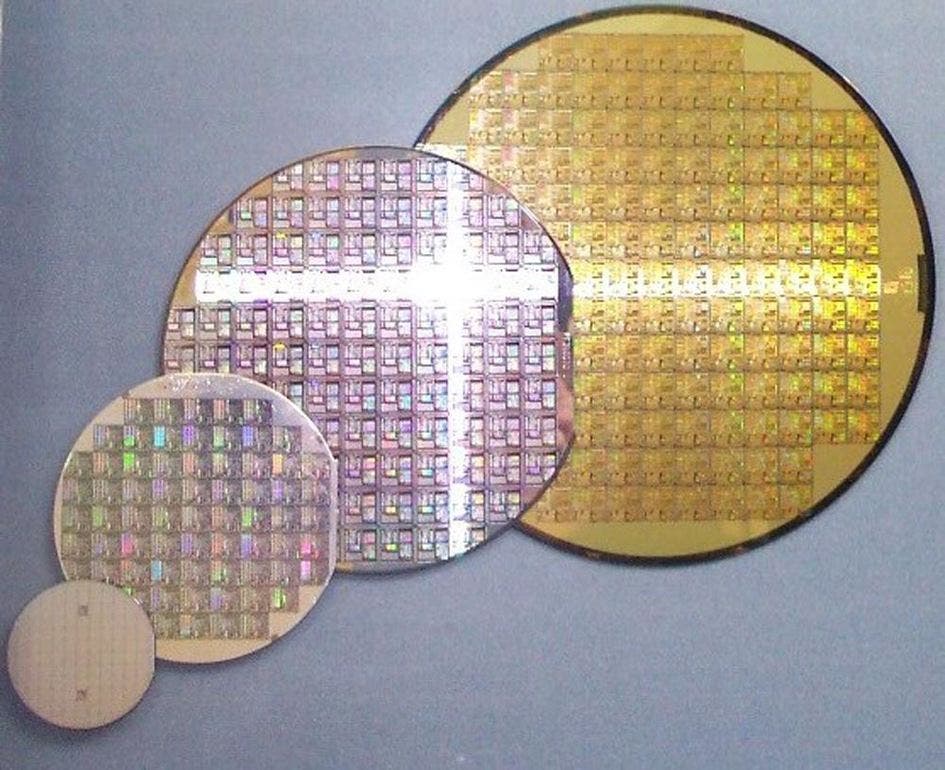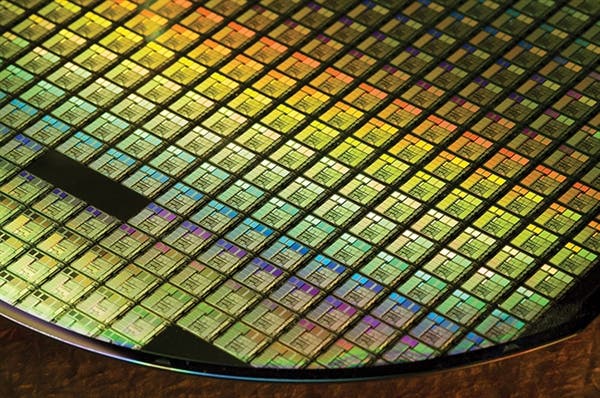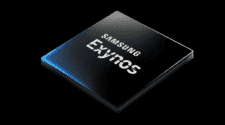With the rapid rate of development in the semiconductor industry, Intel, the world’s number one, has been struggling. Many Global Foundries now looks at next year for 7nm chips. Samsung, the closest to TSMC in this regard may be looking at next year too. Only TSMC’s 7nm chips are in the market as of now. This puts the company in a good position to accrue massive revenues but it has a setback.

A recent announcement by TSMC shows that the utilization rate of its 28nm chips is down by over 90%. This means that there is an oversupply of these chips which has a significant impact on its revenue. Its revenue may fall by 10-11% in the fourth quarter to 93.5 – $9.45 billion. However, TSMC will strengthen its 22nm process to close up the lapses of the 28nm process.

Wei Zhejia, CEO of TSMC, at an investor conference, said that TSMC will design more than 50 7nm chips this year. As of next year, the company will have over 100 chips using 7nm and enhanced 7nm EUV (EUV lithography). TSMC earlier announced that it plans to mass-produce 7nm EUV in 2020. Wei Zhejia also said that 7nm process is currently starting at full speed and will contribute more than 20% of wafer revenue to TSMC in the fourth quarter of this year. The annual ratio is close to 10%, and it will exceed 20% for the whole year. At present, almost all of the chip manufacturers have adopted TSMC 7nm technology. TSMC has Huawei, NVIDIA, Xilinx and other loyal old customers. It also has all Apple’s next-generation A13.





That’s actually a good news for smartphone users…
In 2018, buying any smartphone with a chip size more than 14nm is pretty much idiotic…
Anything above 14nm is obsolete…
Even 14nm is meh, when there are plenty of midrange chips on 10nm and 12nm.